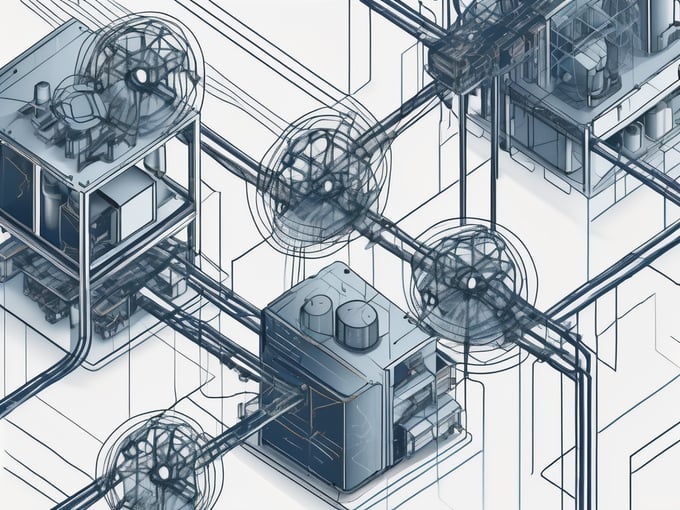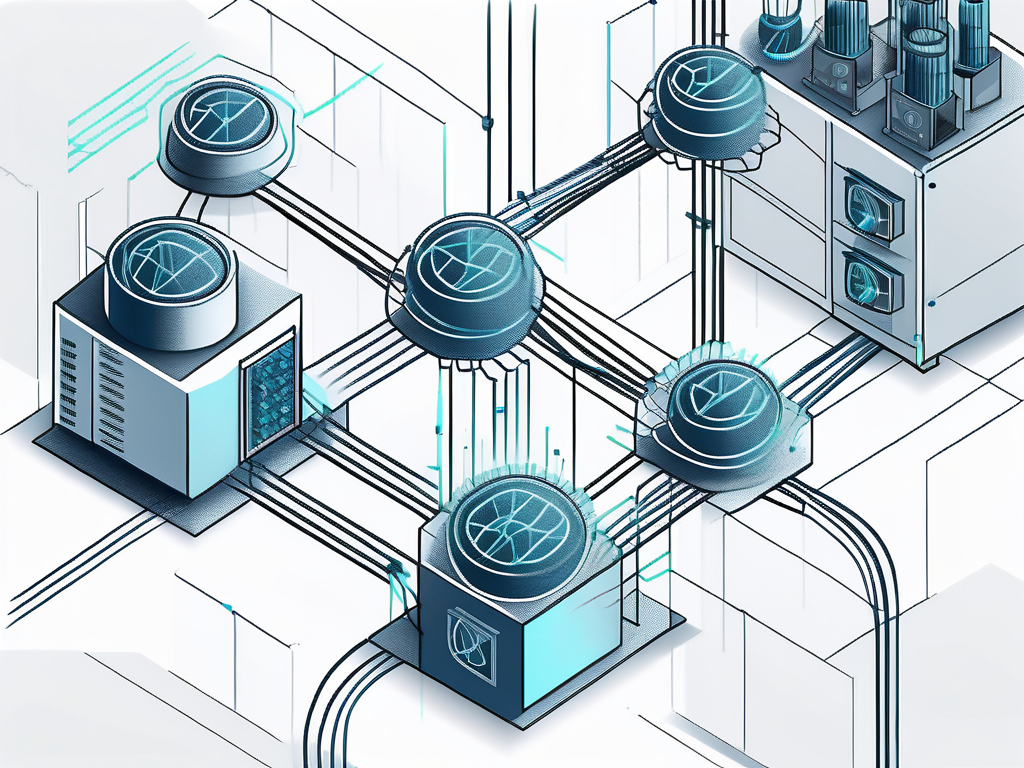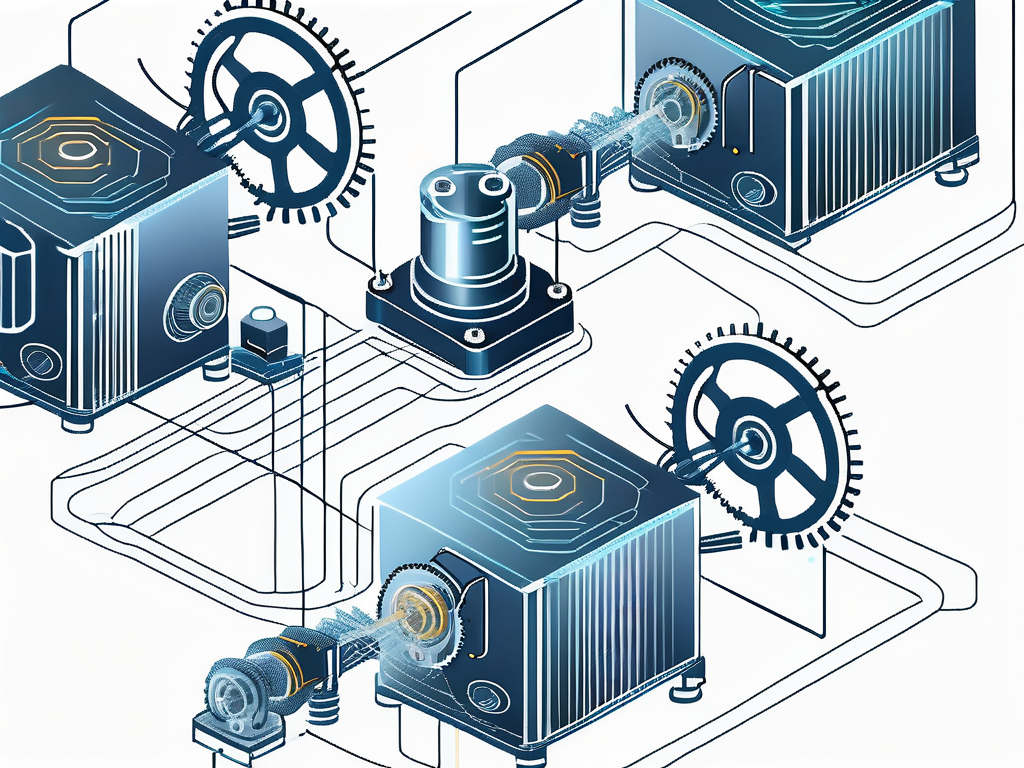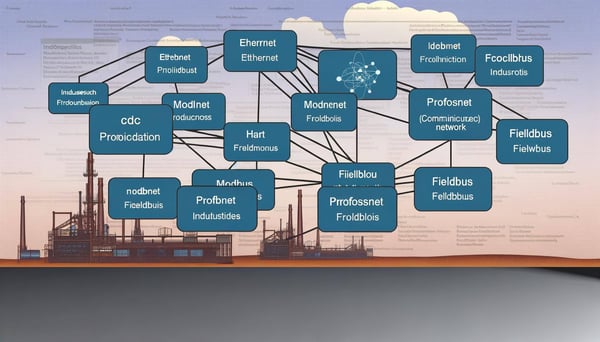
Fundamentals of RAPIEnet
In the world of industrial automation and control, communication protocols play a critical role. They are the lifeblood that keeps the various components of an industrial system connected and functioning in harmony. One such protocol that has been gaining significant attention in recent years is RAPIEnet. This article will delve into the fundamentals of RAPIEnet, its applications, benefits, and how it is shaping the future of industrial communication.
Understanding RAPIEnet
RAPIEnet, which stands for Real-time Automation Protocols for Industrial Ethernet, is a high-speed, deterministic, and open industrial Ethernet protocol. It was designed to meet the stringent requirements of real-time industrial automation applications, providing robust and reliable communication between devices in an industrial network.

One of the key characteristics of RAPIEnet is its ability to handle both cyclic and acyclic data in the same communication channel. This makes it highly versatile and adaptable, capable of supporting a wide range of industrial applications. From process control to motion control, RAPIEnet can handle it all.
RAPIEnet's Architecture
At the heart of RAPIEnet's architecture is the concept of a "communication relationship". This is a logical connection between two devices in the network, which can be either a producer/consumer relationship or a client/server relationship. This flexible architecture allows RAPIEnet to support a wide range of communication patterns, making it suitable for a variety of industrial applications.
The architecture of RAPIEnet also includes a mechanism for real-time data exchange, known as Real-Time Channel (RTC). This allows for deterministic communication, ensuring that data is delivered within a guaranteed time frame, which is crucial for real-time industrial applications.
Applications of RAPIEnet
RAPIEnet is designed to be a versatile and flexible protocol, capable of supporting a wide range of industrial applications. Its high-speed, deterministic nature makes it particularly well-suited for applications that require real-time communication and precise synchronization.
One of the key applications of RAPIEnet is in motion control systems. These systems require precise timing and synchronization to ensure smooth and coordinated movement. With its real-time capabilities, RAPIEnet can provide the necessary communication infrastructure for these systems, ensuring accurate and reliable control.
Process Control
Another important application of RAPIEnet is in process control systems. These systems require robust and reliable communication to ensure that the various components of the process are working in harmony. RAPIEnet's deterministic nature and robust error handling capabilities make it an excellent choice for these applications.
Furthermore, RAPIEnet's support for both cyclic and acyclic data makes it highly adaptable, capable of handling the diverse communication needs of a process control system. Whether it's transmitting sensor data, controlling actuators, or managing alarms, RAPIEnet can handle it all.
Benefits of RAPIEnet
RAPIEnet offers a number of significant benefits that make it a compelling choice for industrial communication. One of the key benefits is its high-speed, deterministic nature. This ensures that data is delivered in a timely and predictable manner, which is crucial for real-time industrial applications.

Another important benefit of RAPIEnet is its robustness and reliability. With its advanced error handling capabilities and fault tolerance, RAPIEnet ensures that communication continues uninterrupted, even in the face of network failures or other adverse conditions.
Flexibility and Scalability
RAPIEnet is also highly flexible and scalable. Its architecture supports a wide range of communication patterns, making it adaptable to a variety of industrial applications. Furthermore, RAPIEnet can easily scale to accommodate large networks, making it suitable for both small and large-scale industrial systems.
In conclusion, RAPIEnet is a powerful and versatile industrial Ethernet protocol that is well-suited for a wide range of applications. With its high-speed, deterministic nature, robustness, and flexibility, RAPIEnet is shaping the future of industrial communication, providing the necessary infrastructure for the next generation of industrial systems.



